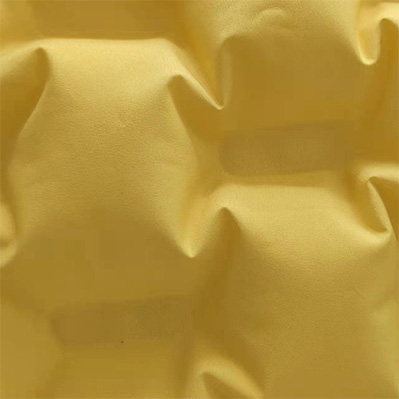Consider the Environment The first step in choosing cold-resistant clothing is understanding the environment in which you’ll be using it. Different cold-weather conditions require different levels of protection. For example, the needs of a construction worker in a cold warehouse differ greatly from those of a hiker trekking in the snow.
Workplace Clothing: If you work outdoors in cold environments, such as construction sites, warehouses, or oil rigs, you’ll need durable, insulated, and multi-layered clothing to protect against wind, moisture, and cold exposure. Look for work jackets, pants, gloves, and footwear that feature heavy insulation (such as Thinsulate™) and waterproofing (like GORE-TEX®).
Recreational Clothing: For outdoor activities such as skiing, hiking, and mountaineering, cold-resistant clothing must balance warmth and mobility. Lightweight but insulated jackets, thermal pants, and breathable base layers are ideal for these activities, offering flexibility and comfort without sacrificing warmth.
Layering System: Combining Warmth and Flexibility Layering is key to maintaining comfort in cold conditions, as it allows for flexibility based on changing temperatures and physical exertion. A three-layer system is typically the best choice for cold weather:
Base Layer: The base layer is the foundation of any cold-resistant clothing system. This layer sits directly against your skin and should be designed to wick moisture away to keep you dry. Merino wool or synthetic moisture-wicking fabrics are ideal choices.
Insulating Layer: The insulating layer traps heat to keep you warm. Fleece, down, or synthetic fibers such as Thinsulate™ are commonly used for this layer. The thickness of this layer can vary depending on the severity of the cold.

Outer Layer: The outer layer protects you from wind, rain, and snow. Look for waterproof, windproof materials such as GORE-TEX® or Windstopper® to keep the elements at bay.
Comfort and Mobility When selecting cold-resistant clothing, it’s important to consider both warmth and comfort. You need garments that allow you to move freely without feeling restricted, especially if you’ll be engaging in physical activities like skiing or hiking.
Articulated Joints: Look for garments with articulated elbows, knees, and shoulders. These features allow for greater range of motion and ensure that you don’t feel encumbered by bulky clothing.
Adjustability: Features such as adjustable cuffs, waistbands, and hoods allow you to tailor your clothing to fit perfectly, further enhancing comfort and warmth.
Footwear and Gloves In extremely cold conditions, it's essential not to overlook accessories like footwear and gloves. Insulated boots with waterproof membranes and thick, moisture-wicking socks are necessary for keeping your feet warm and dry. For gloves, look for designs that offer both insulation and dexterity. Options with removable liners or heated gloves can be beneficial in extreme conditions.

 English
English 简体中文
简体中文







 3rd Floor, East Gate, No. 2599 Park Road, Sheng Ze Town, Wu Jiang District, Suzhou City, Jiangsu Province
3rd Floor, East Gate, No. 2599 Park Road, Sheng Ze Town, Wu Jiang District, Suzhou City, Jiangsu Province  +86- 0512-63519080
+86- 0512-63519080
 +86-13584404311
+86-13584404311  FQsales1@163.com
FQsales1@163.com